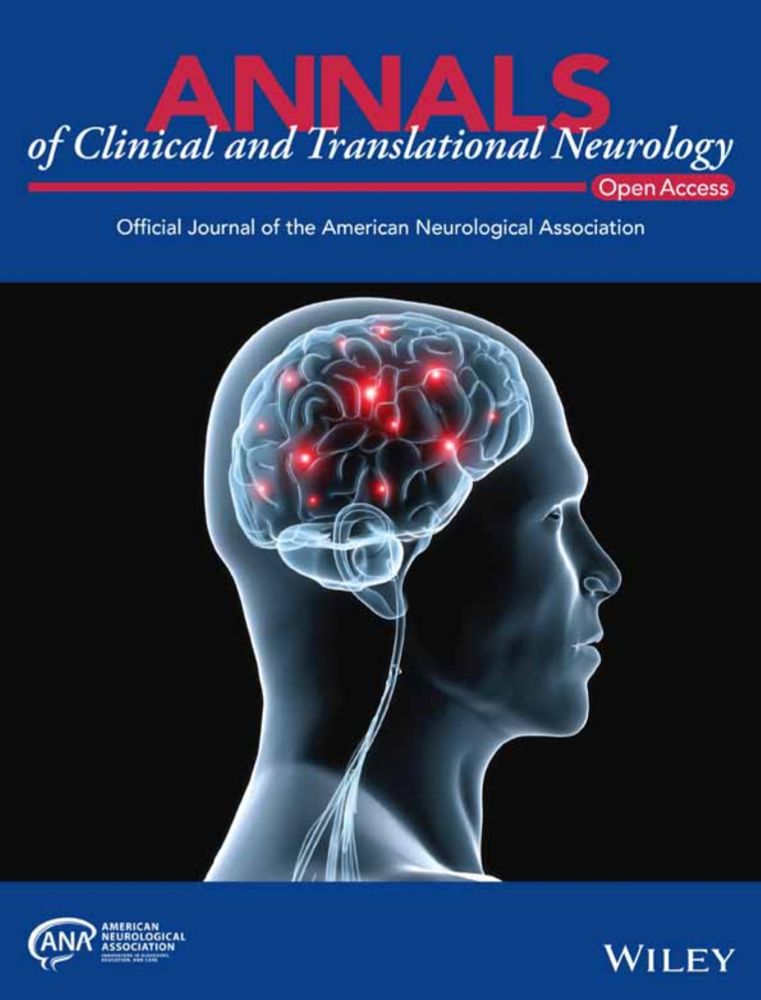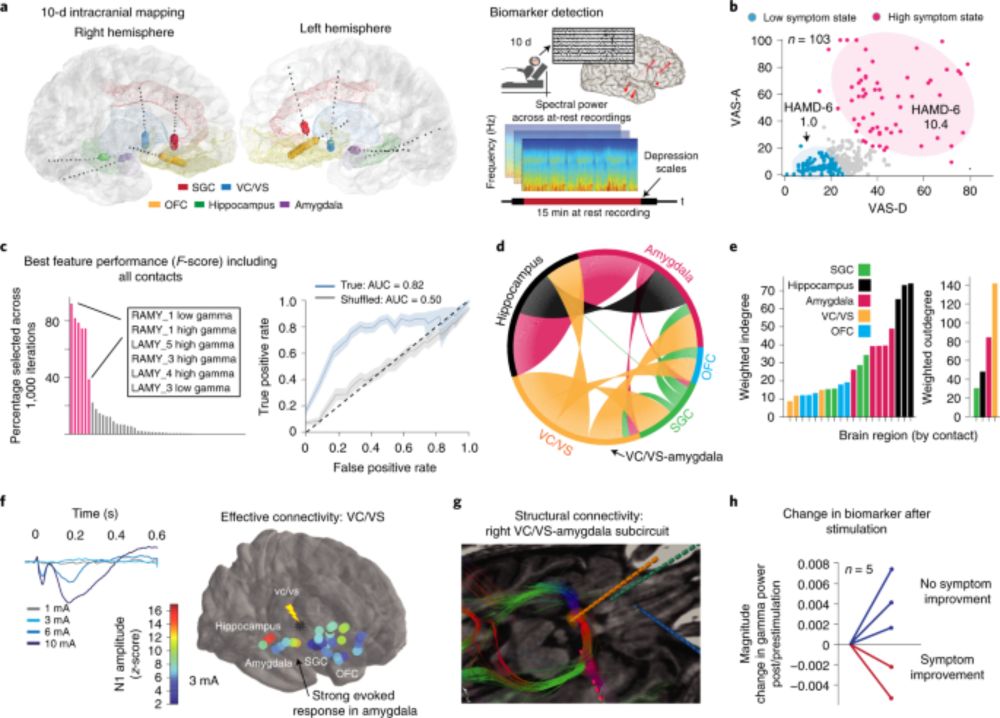
Assistant Professor at Maastricht University, The Netherlands.
In the linked post, researchers saw that using tDCS set up perhaps a favorable brain state for a drug effect.
onlinelibrary.wiley.com/doi/10.1002/...
Work from @andreashorn.org and colleagues.

In the linked post, researchers saw that using tDCS set up perhaps a favorable brain state for a drug effect.
onlinelibrary.wiley.com/doi/10.1002/...
Work from @andreashorn.org and colleagues.


The green line and shading represents thalamic spindle coupling in the absence of a coupled thalamic spikes while the orange/red line and shading represents the thalamic spindle coupling in the presence of epileptic spikes.

The green line and shading represents thalamic spindle coupling in the absence of a coupled thalamic spikes while the orange/red line and shading represents the thalamic spindle coupling in the presence of epileptic spikes.

